Ellis Island was the gateway for millions of immigrants to the United States as the nation’s busiest immigrant inspection station from 1892 until 1954. Between 1905 and 1914, an average of one million immigrants per year arrived in the United States. Immigration officials reviewed about 5,000 immigrants per day during peak times at Ellis Island.Two-thirds of those individuals emigrated from eastern, southern and central Europe. The peak year for immigration at Ellis Island was 1907, with 1,004,756 immigrants processed. The all-time daily high occurred on April 17, 1907, when 11,747 immigrants arrived. After the Immigration Act of 1924 was passed, which greatly restricted immigration and allowed processing at overseas embassies, the only immigrants to pass through the station were those who had problems with their immigration paperwork, displaced persons, and war refugees. Today, over 100 million Americans—about one-third of the population—can trace their ancestry to the immigrants who first arrived in America at Ellis Island before dispersing to points all over the country.
Here are some photos of immigrants from the early 1900s.
All photos by New York Public Library
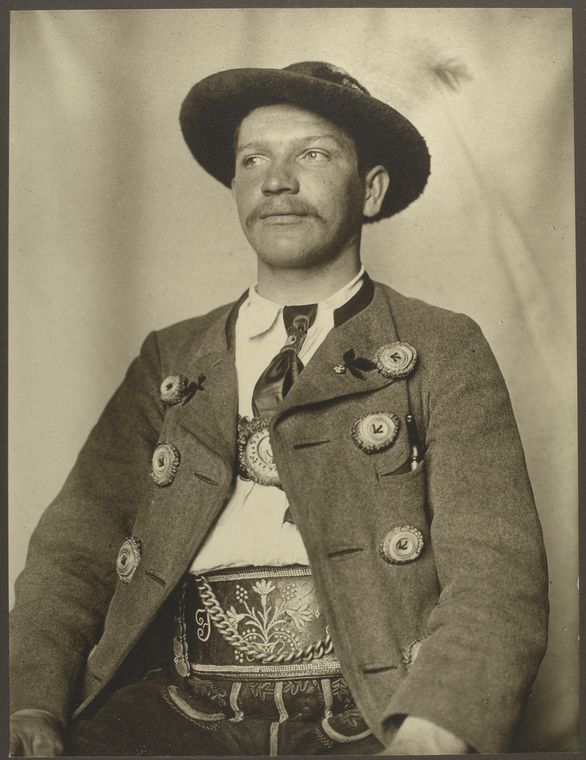
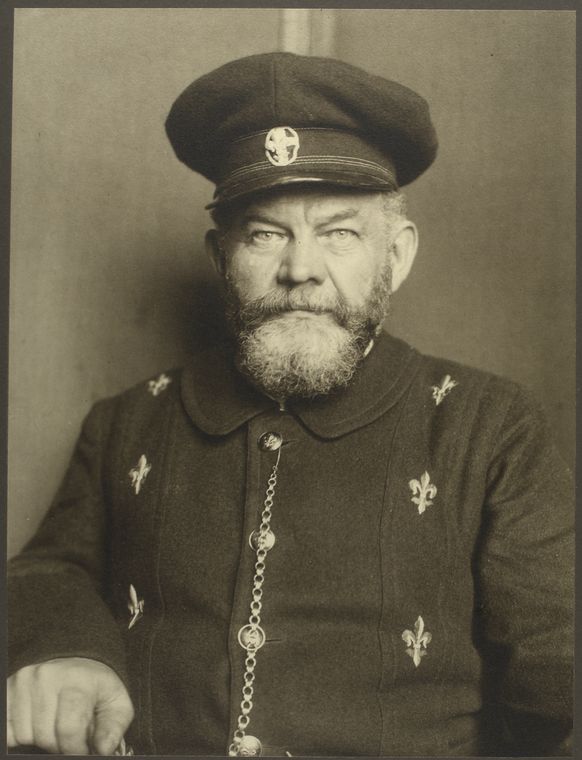
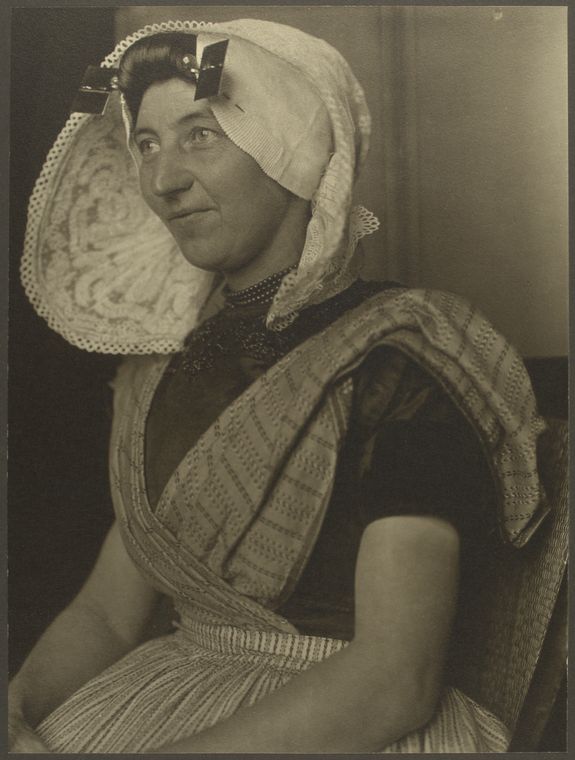
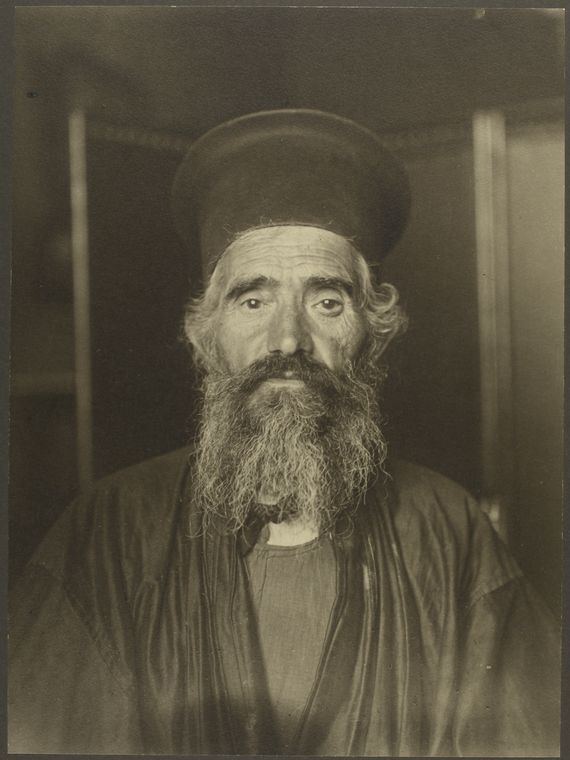
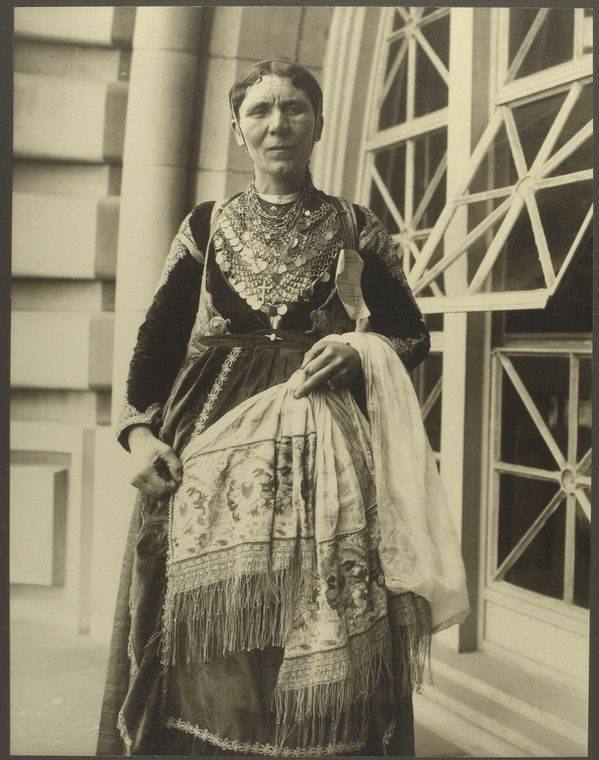
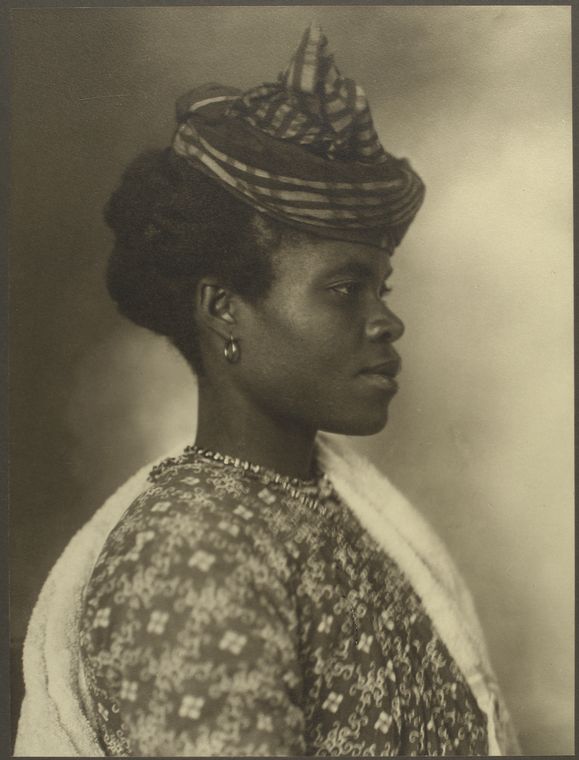
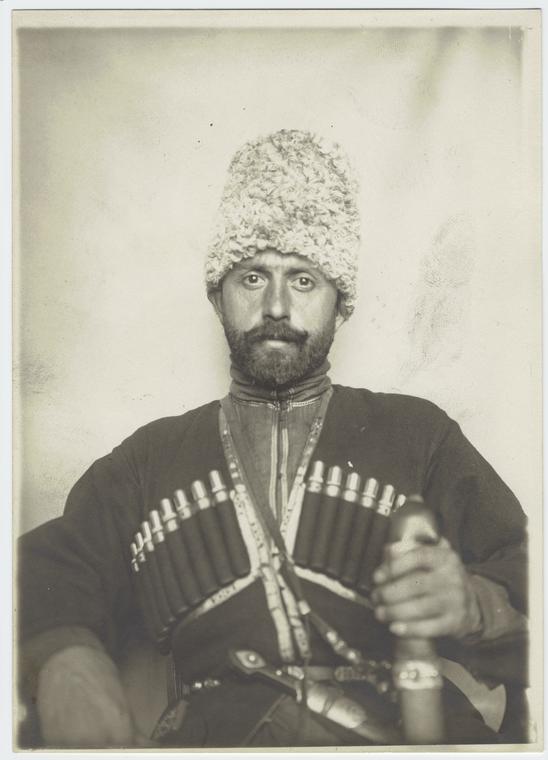
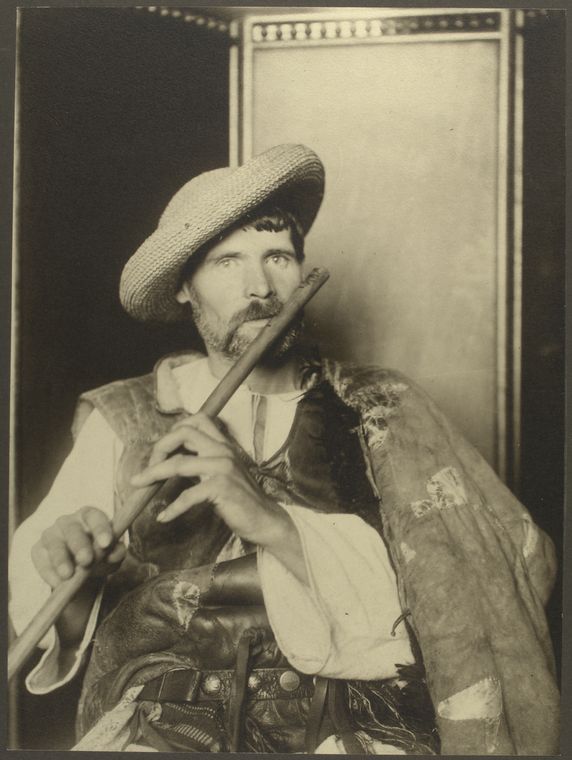
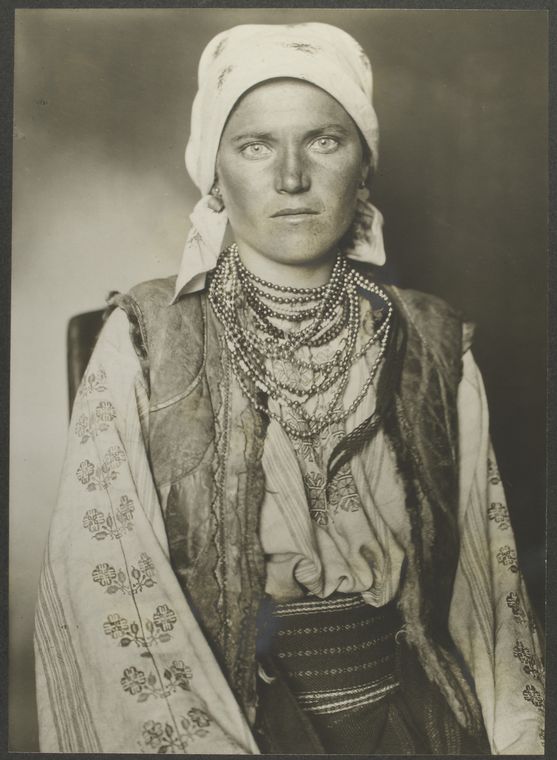
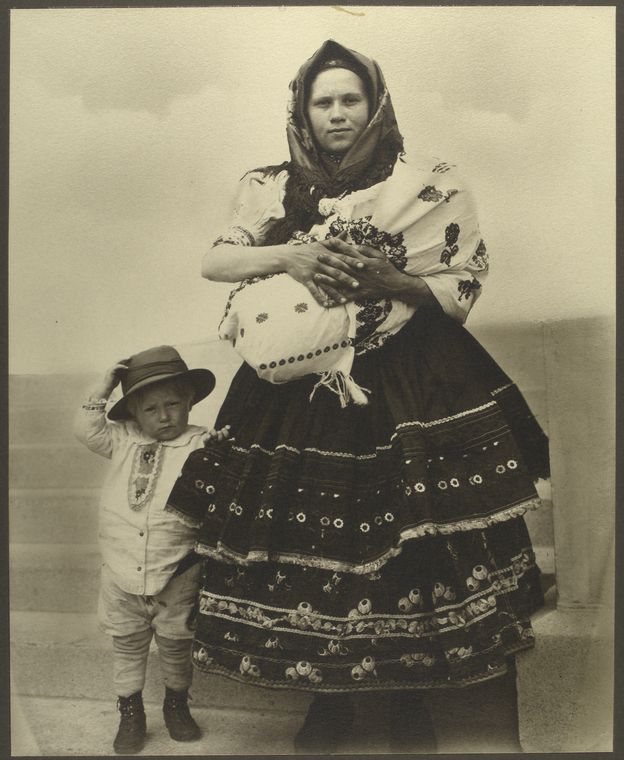
During World War I, the German sabotage of the Black Tom Wharf ammunition depot damaged buildings on Ellis Island. The repairs included the current barrel-vaulted ceiling of the Main Hall.
During and immediately following World War II, Ellis Island was used to intern German merchant mariners and “enemy aliens”—Axis nationals detained for fear of spying, sabotage, and other fifth column activity. In December 1941, Ellis Island held 279 Japanese, 248 Germans, and 81 Italians removed from the East Coast. Unlike other wartime immigration detention stations, Ellis Island was designated as a permanent holding facility and was used to hold foreign nationals throughout the war.A total of 7,000 Germans, Italians and Japanese would be ultimately detained at Ellis Island. It was also a processing center for returning sick or wounded U.S. soldiers, and a Coast Guard training base.
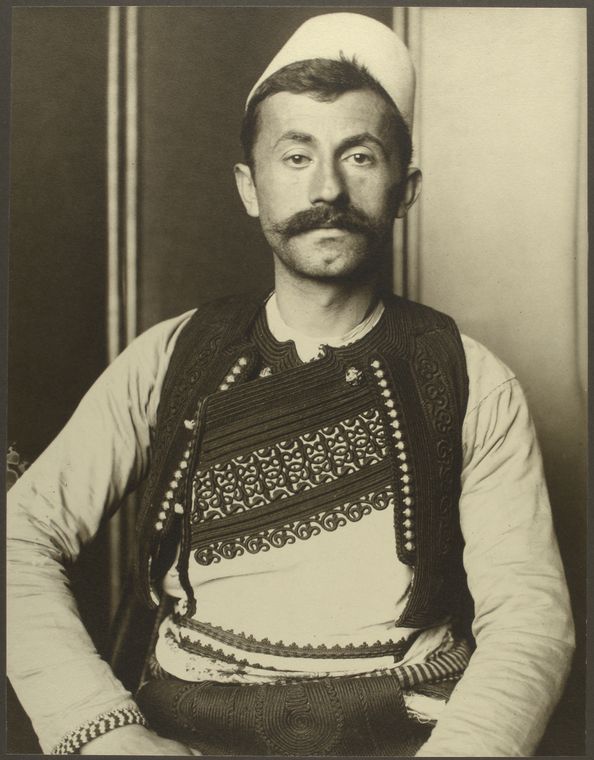
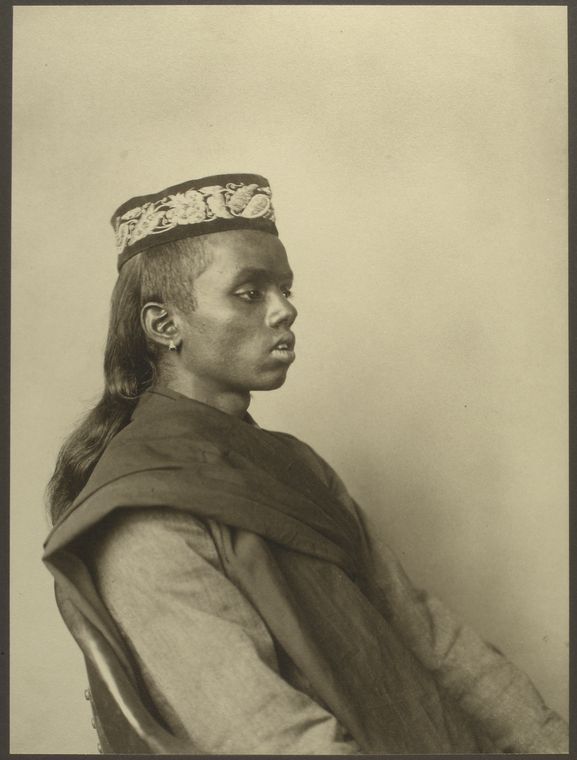
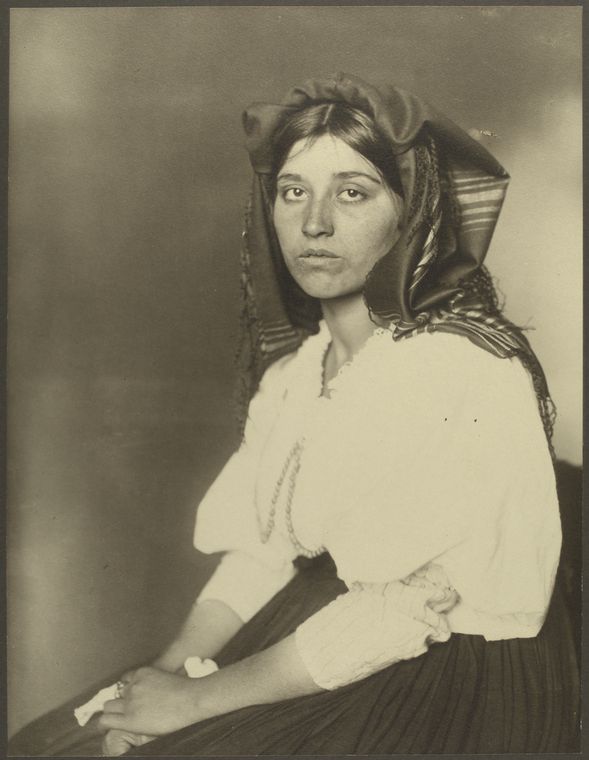
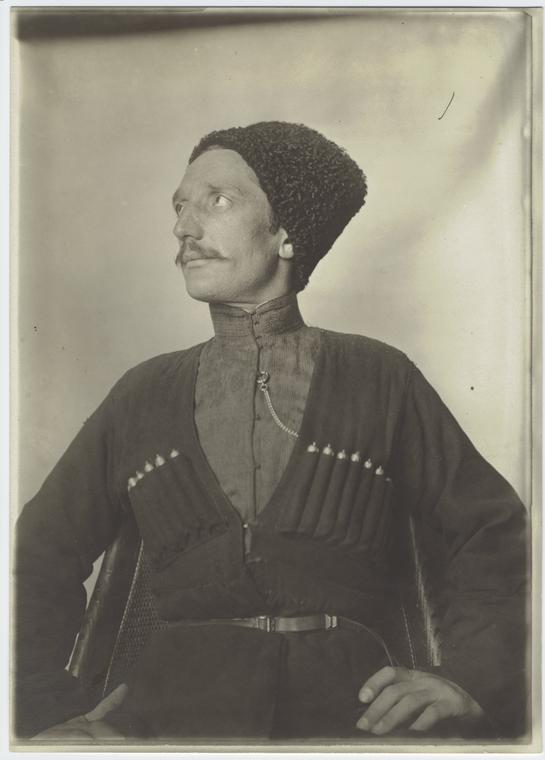
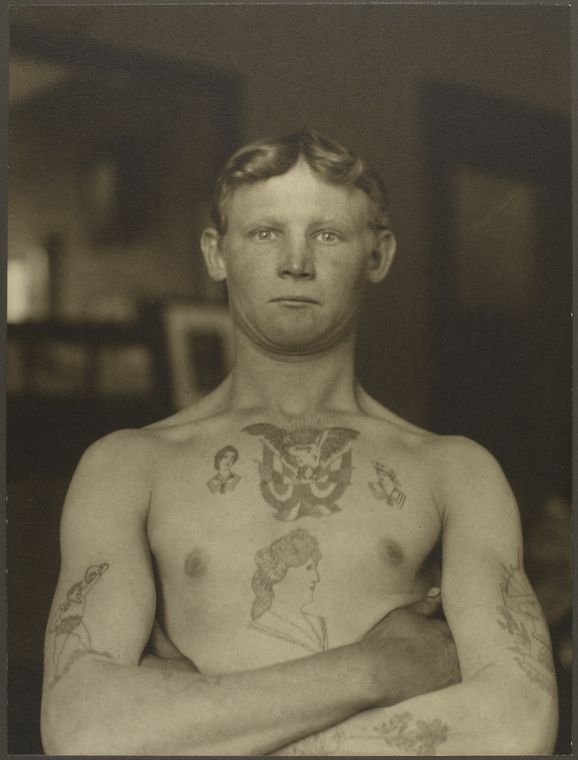
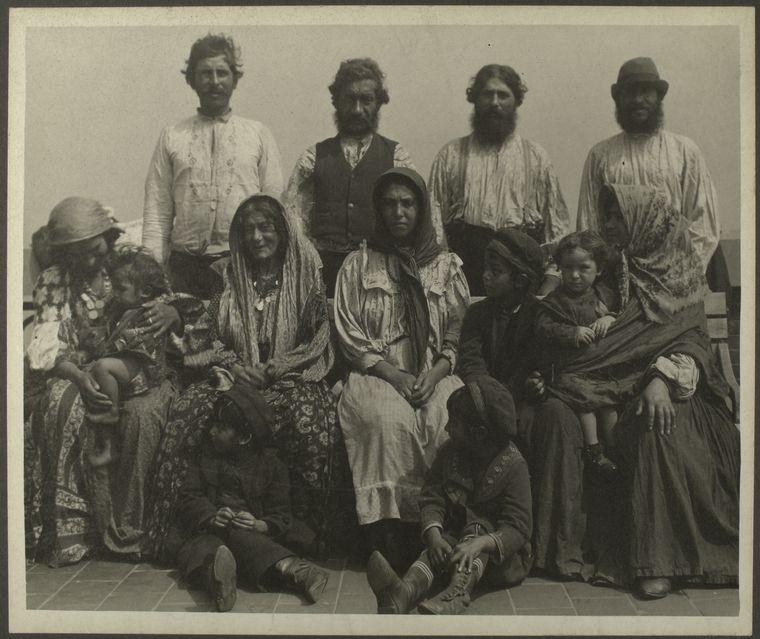
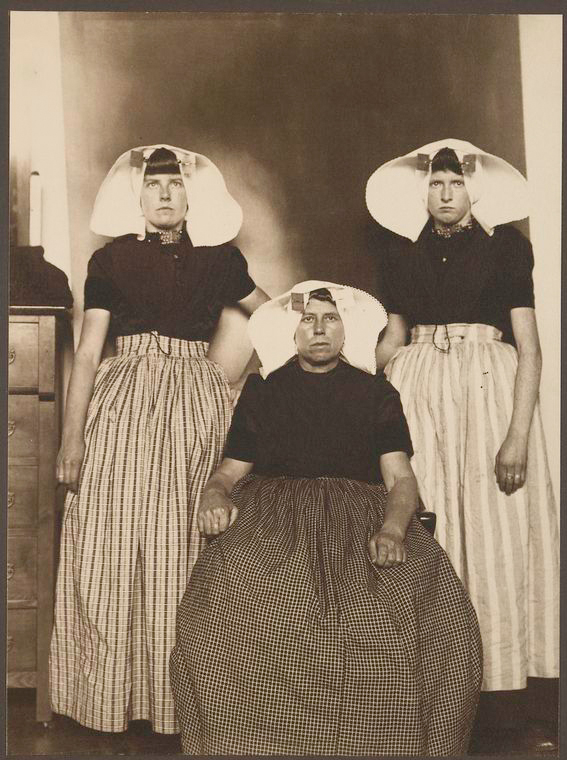
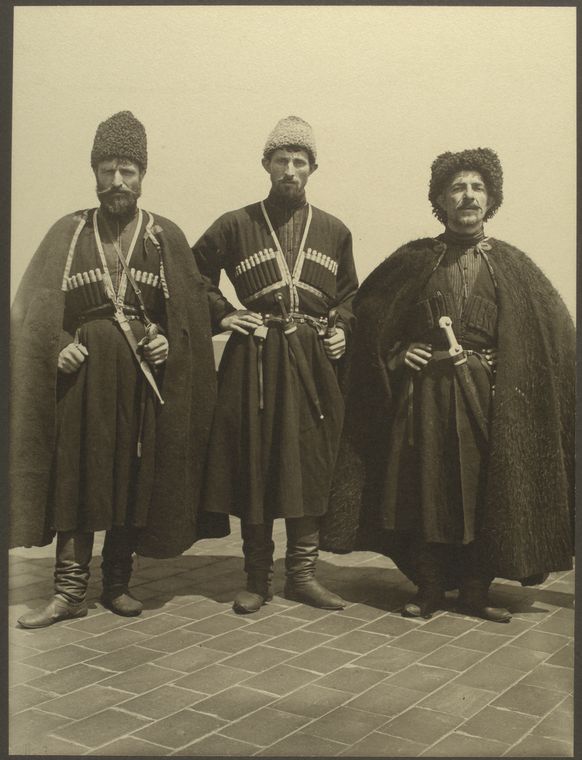
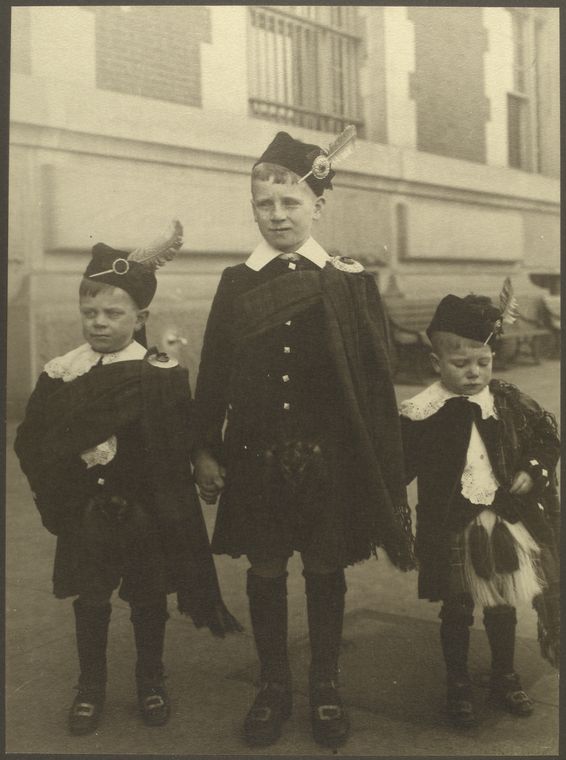
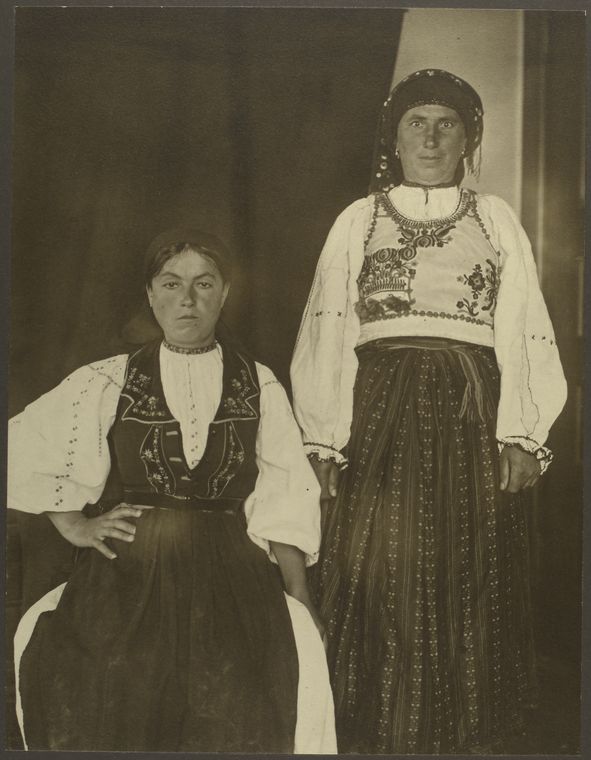
Generally, those immigrants who were approved spent from two to five hours at Ellis Island. Arrivals were asked 29 questions including name, occupation, and the amount of money carried. It was important to the American government that the new arrivals could support themselves and have money to get started. The average the government wanted the immigrants to have was between 18 and 25 dollars. Those with visible health problems or diseases were sent home or held in the island’s hospital facilities for long periods of time. More than three thousand would-be immigrants died on Ellis Island while being held in the hospital facilities. Some unskilled workers were rejected because they were considered “likely to become a public charge.” About 2 percent were denied admission to the U.S. and sent back to their countries of origin for reasons such as having a chronic contagious disease, criminal background, or insanity.Ellis Island was sometimes known as “The Island of Tears” or “Heartbreak Island”because of those 2% who were not admitted after the long transatlantic voyage. The Kissing Post is a wooden column outside the Registry Room, where new arrivals were greeted by their relatives and friends, typically with tears, hugs and kisses.
